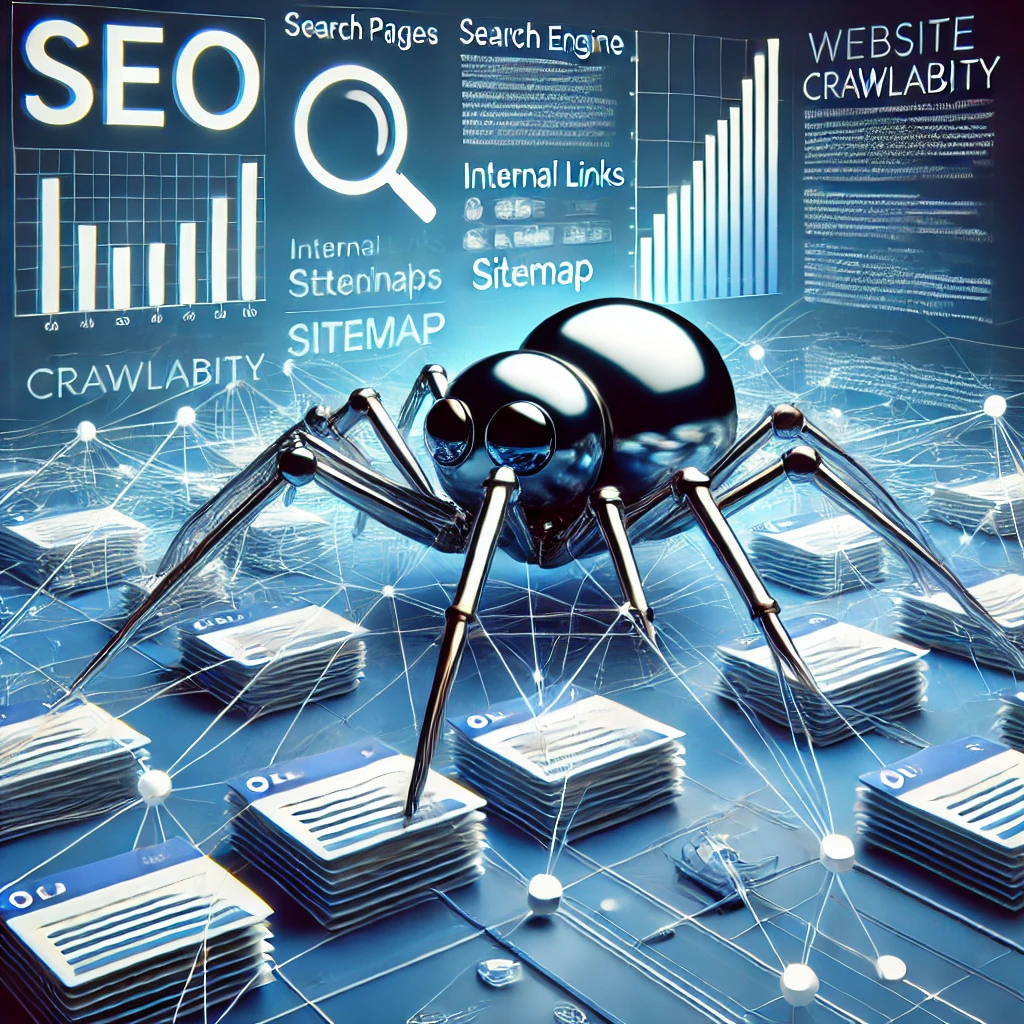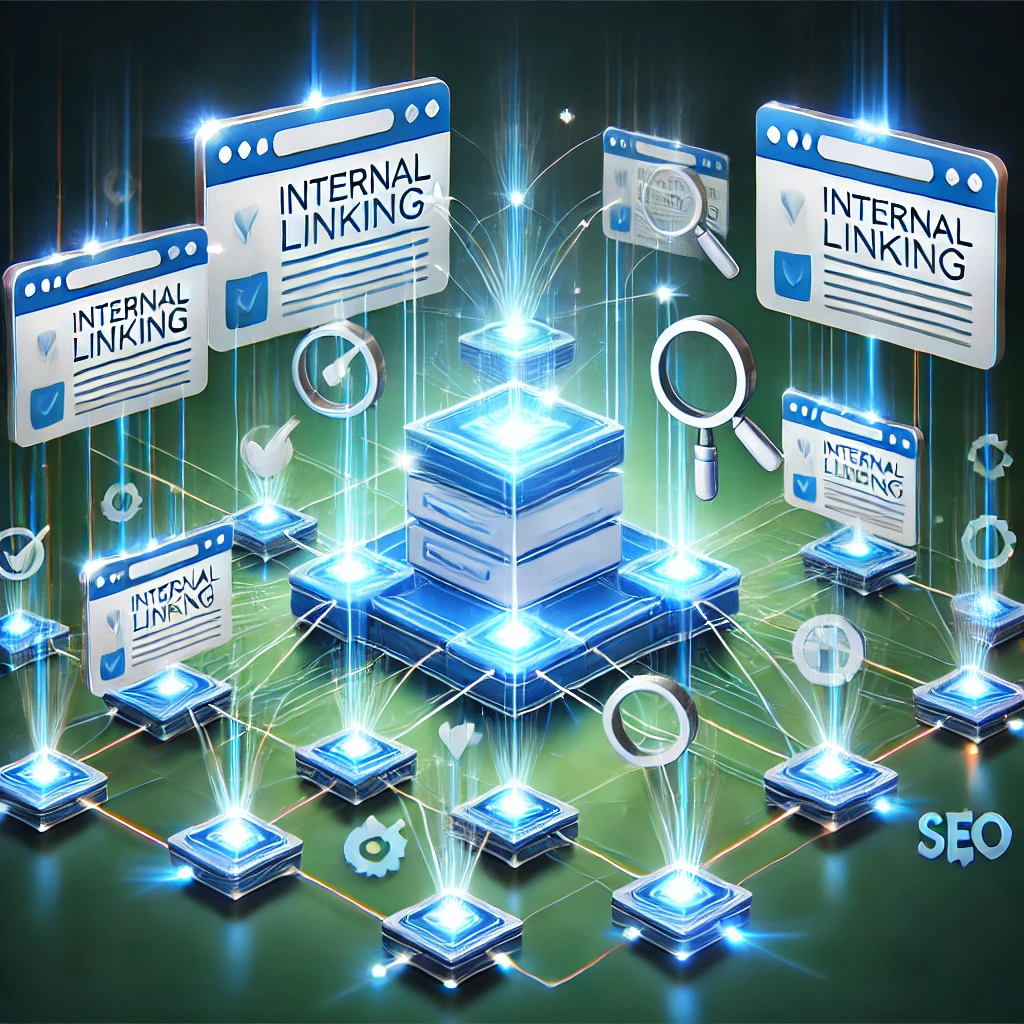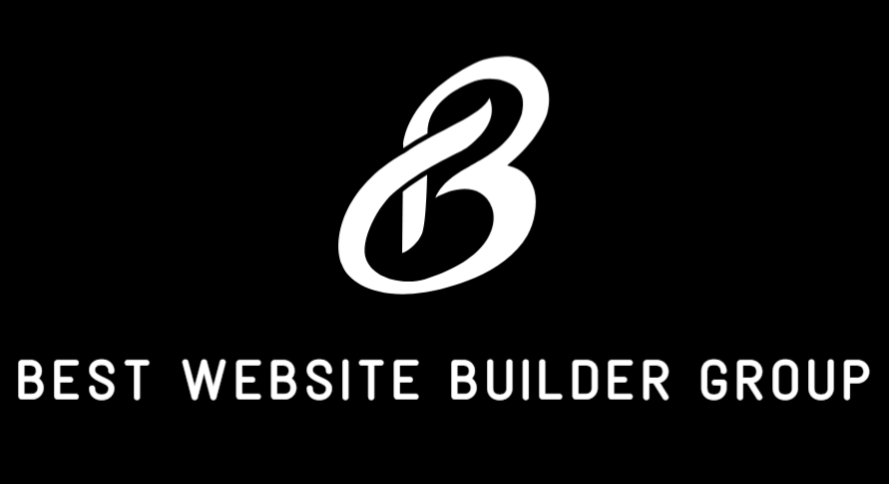Search engine optimization, commonly known as SEO, has become a foundational element of digital marketing. But when people refer to SEO marketing, they’re not just talking about keywords or technical audits. SEO marketing is the strategic implementation of search engine optimization techniques to increase online visibility, drive organic traffic, and ultimately generate conversions or leads.
In this article, we’ll explore what SEO marketing really means, how it fits into a broader marketing strategy, and why it’s one of the most cost-effective methods to grow an online presence.

Understanding the Definition of SEO Marketing
At its core, SEO marketing is the process of using search engine optimization tactics to improve a website’s visibility on search engines like Google, Bing, or Yahoo. It blends technical optimization with content development, user experience, and inbound marketing to attract highly relevant users who are actively searching for solutions, products, or services.
Unlike paid ads, SEO marketing is focused on earning traffic organically. This traffic is often more sustainable, cost-effective, and targeted — making it invaluable to businesses looking to scale their digital footprint without burning through ad budgets.

Why SEO Marketing Is Essential Today
In a world where more than 8.5 billion searches happen on Google every day (source: Internet Live Stats), appearing at the top of search engine results isn’t optional — it’s necessary. SEO marketing ensures your website becomes part of those search journeys.
Some of the biggest reasons to invest in SEO marketing include:
- Increased brand visibility
- Higher trust and credibility (people trust organic results more than ads)
- Long-term ROI compared to pay-per-click campaigns
- Sustainable traffic even without ongoing ad spend
- Targeted traffic from users who are already seeking what you offer
When implemented correctly, SEO marketing acts like a flywheel — the longer you do it, the more momentum and returns you build over time.

How SEO Marketing Works
SEO marketing combines on-page, technical, and off-page strategies to make your website more appealing to both users and search engines. It typically involves the following core components:
Keyword Research and Content Strategy
This is the cornerstone of SEO marketing. Keyword research helps identify what terms your target audience is searching for. Tools like Google Keyword Planner, Ubersuggest, or Ahrefs allow marketers to find high-volume, low-competition terms.
Once you identify valuable keywords (like SEO marketing), the next step is creating content that answers questions, solves problems, or provides insights around those terms. This blog, for example, is designed to help users understand what SEO marketing is and how to use it effectively.
On-Page Optimization
On-page SEO ensures that content is structured and presented in a way that search engines can understand. It includes:
- Page titles and meta descriptions
- Heading tags (H1s, H2s, etc.)
- Image alt text
- URL structure
- Internal linking to related content
A well-optimized website like Best Website Builder Group implements these elements on every page, ensuring every post and landing page is optimized for both bots and humans.
Technical SEO
Technical aspects of SEO can have a huge impact on how well your site ranks. This includes:
- Mobile responsiveness
- Site speed optimization
- Secure HTTPS protocol
- Proper indexing through sitemaps and robots.txt
- Structured data (schema)
You can read more about technical SEO in our guide on website crawlability, which shows how search engines navigate and understand your content.
Off-Page SEO and Link Building
Off-page SEO includes all the actions taken outside your website that impact your search rankings. The most important factor here is backlink building — getting other authoritative websites to link to your content.
Links are seen as “votes” of confidence in your content, and search engines reward websites that have earned trustworthy backlinks.
User Experience and Behavior Signals
SEO marketing also takes into account how users interact with your site. Search engines monitor metrics like:
- Bounce rate
- Time on page
- Pages per session
Improving these user signals with intuitive design, fast-loading pages, and helpful content can boost your SEO rankings significantly.

SEO Marketing vs. Traditional Marketing
Traditional marketing relies heavily on interruption — TV ads, cold calling, direct mail. SEO marketing, on the other hand, is intent-based. You’re not pushing a message to someone; you’re helping people who are already searching for it.
Here’s how they compare:
| Traditional Marketing | SEO Marketing |
|---|---|
| Interruption-based | Intent-driven |
| Higher cost over time | Cost-efficient |
| Broad audience targeting | Specific search-based targeting |
| Limited tracking | Highly measurable |
| Short-term ROI | Long-term growth |
SEO marketing aligns with inbound methodology — attracting leads organically and nurturing them through valuable, search-optimized content.

How Long Does SEO Marketing Take?
One of the biggest misconceptions about SEO marketing is that it produces instant results. The reality is that SEO is a long-term investment. Most websites begin to see measurable improvement within 3 to 6 months, with continued growth after 12 months or more.
Search engines take time to crawl, index, and evaluate your site’s authority. The pace also depends on factors like your competition, your existing site health, and the strength of your content.
That said, once your SEO starts working, the momentum is powerful — unlike paid ads, which stop working the moment you stop funding them.
SEO Marketing Tools
To execute SEO marketing effectively, most professionals rely on several core tools:
- Google Search Console – for indexing and performance monitoring
- Google Analytics – to track traffic and conversions
- Ahrefs or SEMrush – for keyword research, backlink analysis, and site audits
- Yoast SEO (for WordPress users) – to manage on-page SEO
At Best Website Builder Group, our websites are built to integrate seamlessly with SEO tools, making it easier to manage performance from day one.
Common SEO Marketing Myths
- “SEO is dead”: Absolutely not. If anything, it’s more important than ever in a saturated digital landscape.
- “You need to publish content daily”: Quality beats quantity. One excellent post that ranks is better than ten thin, unreadable ones.
- “Backlinks are all that matter”: Backlinks help, but content quality, user experience, and technical SEO are just as vital.
- “You can ‘set and forget’ SEO”: SEO is dynamic. You need to adapt as algorithms evolve and competitors catch up.

Why SEO Marketing Is a Long-Term Win
While SEO requires patience, the long-term ROI is among the highest of any digital marketing strategy. Once your website earns a top spot in search results, it continues driving free, consistent traffic — month after month, year after year.
Companies that invest in SEO often report that it becomes their most profitable marketing channel over time. And unlike social media algorithms or ad platforms that can change overnight, search-based traffic remains relatively stable with ongoing maintenance.
At Best Website Builder Group, our philosophy is to build sites with long-term SEO growth in mind — from foundational site speed to expert content structuring.

Conclusion
SEO marketing is more than a technical checklist. It’s a strategic, comprehensive approach to helping your audience find you exactly when they need you. From keyword strategy and content creation to technical audits and backlink building, every piece works together to earn sustainable search visibility.
If you’re serious about growing your brand, expanding reach, or increasing conversions, SEO marketing should be a pillar of your strategy. And when done right, it can help your business dominate online — without ever paying for a click.
